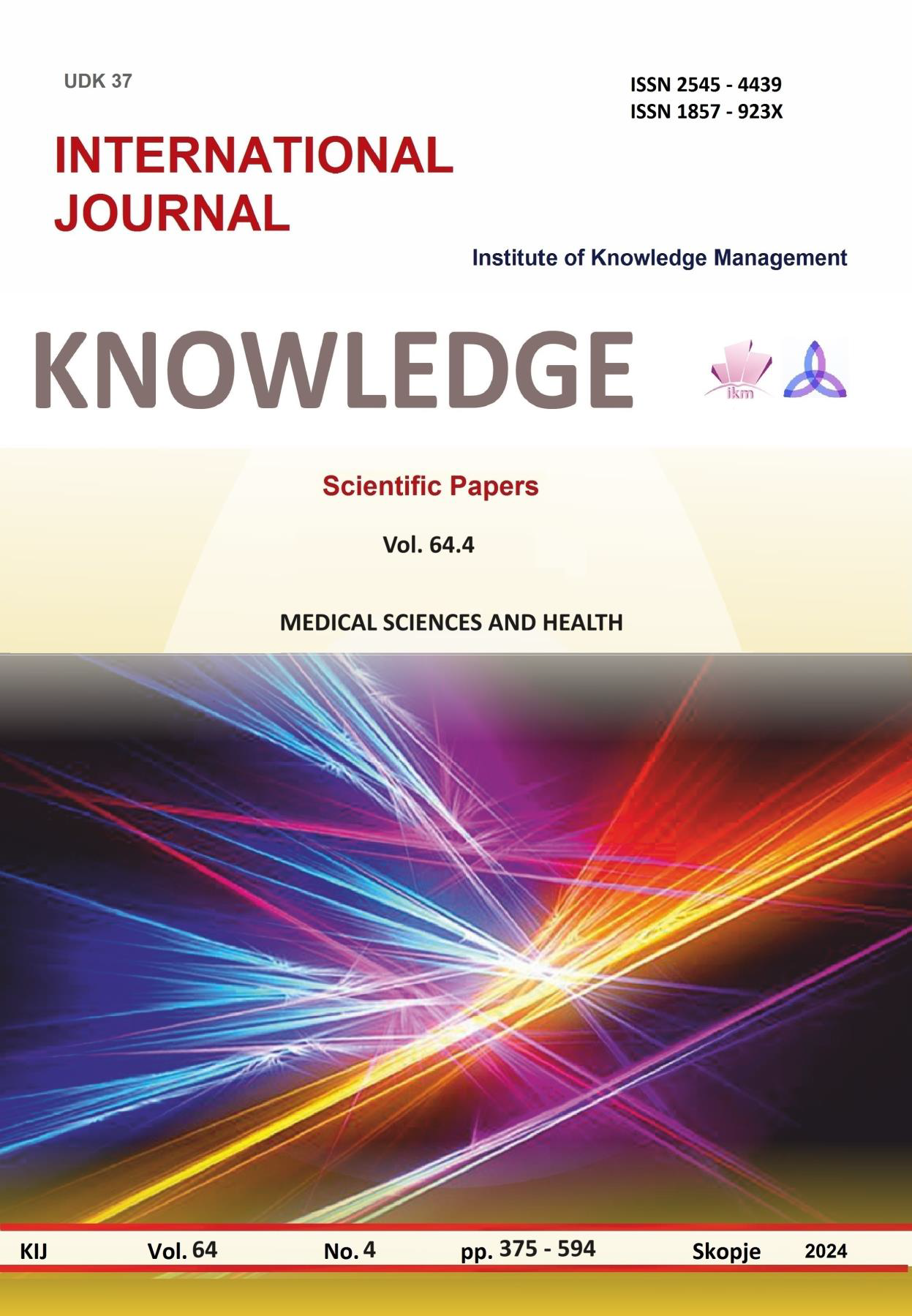КРАТКА ХРОНОЛОГИЧНА СПРАВКА ЗА КАРАТЕ – НЕКОНВЕНЦИОНАЛЕН МЕТОД ЗА ЛЕЧЕНИЕ
A BRIEF HISTORY OF KARATE - AN UNCONVENTIONAL METHOD OF HEALING
Author(s): Yordan GeorgievSubject(s): Sports Studies
Published by: Scientific Institute of Management and Knowledge
Keywords: martial art;history;development;unconventional method;health
Summary/Abstract: Unconventional methods that have a beneficial effect on human health are those whose study is not part of the curriculum of the higher medical school. These methods should be applied only with the aim of causing a beneficial effect on health and should not worsen the health condition. Non-traditional physical methods, in which karate is included, are part of the non-conventional methods of treatment. The purpose of our reference is to study the origin and historical development of the eastern martial art (karate) in Bulgaria and its impact on health. The research is based on literary sources from databases (Google Scholar, books related to karate, websites of sports clubs), which are the basis of the spread of karate both in Bulgaria and in the world. The sources used to develop the report have been extensively researched. The chronological reference was made after synthesizing the results of the studied literature. Practicing karate strengthens muscles, reduces weight, improves coordination of movements and develops qualitative physical abilities. Eastern martial arts are an excellent example of non-conventional physical activities that can have a positive impact on the health of both children and adults. These arts not only offer physical activity, but also develop many other important skills and qualities. In this report, we will point out some of the main benefits of learning Eastern martial arts. Physical fitness and coordination: Learning martial arts requires a variety of movements that improve children's flexibility, strength, balance and coordination. Self-discipline and self-control: Martial arts encourage students to develop self-discipline and self-control, which is important for success in both pursuits and life. Developing courage and self-confidence: Overcoming challenges during martial arts training helps children develop their courage and build more self-confidence. Respect and Tolerance: Many Eastern martial arts place great importance on respect for instructors, fellow students, and the traditions of the art. This promotes respect and tolerance among children. Conflict Management Skills: Martial arts teach children not only how to defend themselves, but also how to deal with conflict peacefully and avoid violence. Learning Eastern martial arts can be an exciting and educational experience for children, while contributing to their physical and emotional development. However, it is important to note that proper supervision and appropriate training facilities are essential to the safety and success of these pursuits
Journal: Knowledge - International Journal
- Issue Year: 64/2024
- Issue No: 4
- Page Range: 581-585
- Page Count: 5
- Language: Bulgarian

